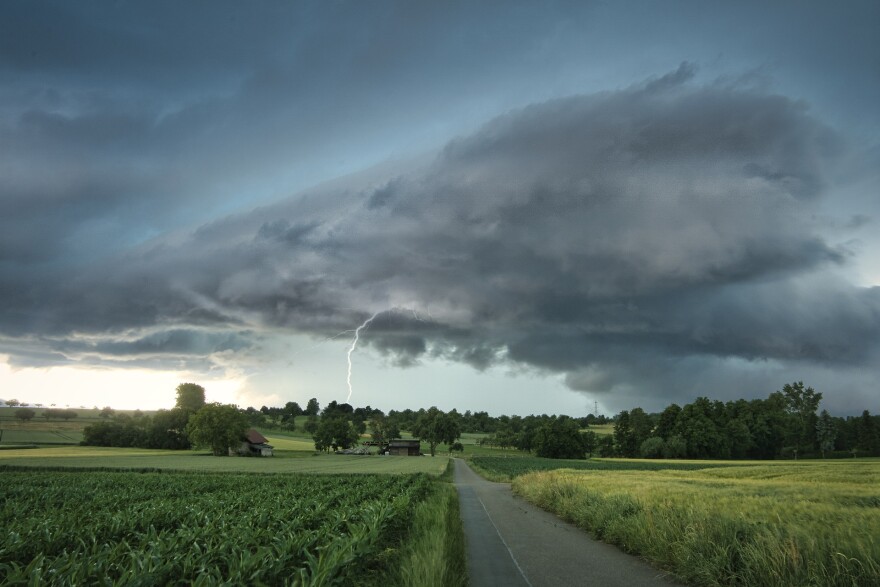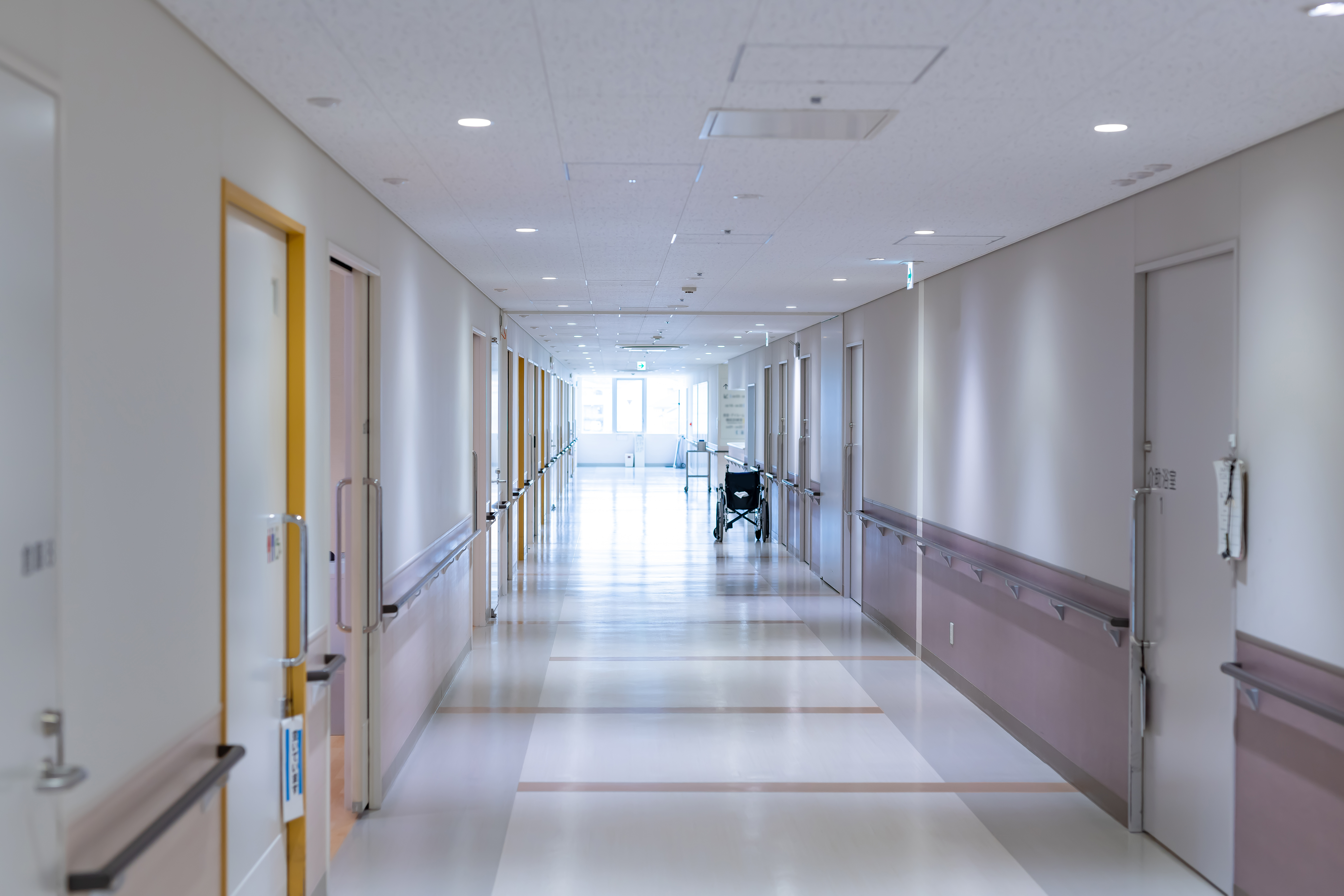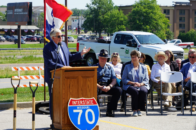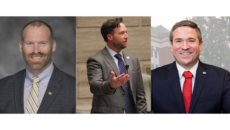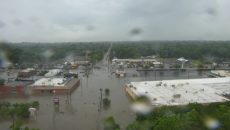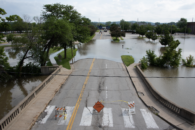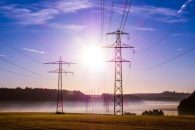Missouri is prone to weather of all kinds including tornadoes, severe thunderstorms, and flash flooding. Tornados can be very deadly and destructive alongside frequent flash flooding. Currently, Missouri has three NWS NEXRAD radar sites that use complex technology to predict weather patterns and warn Missourians of incoming inclement weather.
A recent congressionally mandated report by the National Weather Service (NWS) and National Oceanic and Atmospheric Administration (NOAA) has found that many states have gaps between their radar sites, causing delays in weather reporting and the risk of inaccurate data. “Missouri is one state that really suffers in this regard, with poor coverage over some areas with significant populations,” says Dr. Neil L. Fox, Professor of Atmospheric Science at the University of Missouri. Government agencies have acknowledged these flaws but thus far have been very slow to react.
Without help from the federal government, some states have taken actions into their own hands. Communities in Oklahoma and Colorado have already started to fund and build local weather detection systems that are tailored to detect the weather specific to their surrounding area. “States that have invested in their weather observation networks have seen huge rewards, both in improved public safety and economic benefits,” Dr. Fox stated.
He also stated, “The NWS radars are great, but they are so distant from some parts of Missouri that they can’t see what’s happening near the ground. This makes warnings for severe weather, such as tornadoes, less reliable.” Locally tailored Doppler Radar systems would allow for detection that is specific to that area as well, being placed in strategic areas all across Missouri. Weather patterns and phenomena can vary greatly across the states.
This data could also allow agricultural communities to be better prepared as well. With long-range forecasting data, farmers can now protect or change their land as needed. This avoids damage and allows them to use resources more efficiently. Issues such as power outages can be highly mitigated if proper personnel is prepositioned in certain areas. The data would then be labeled as high risk during extreme weather in these areas.
Other systems can also be built here in Missouri that are cheaper than just one new NWS NexRad radar system. According to Dr. Fox, “These small radars that are available can be a really cost-effective way of filling the data gaps.” This local system would be more efficient at warning Missourians and collecting relevant data, while also costing less money to build.
Kelton is a 2023 graduate of the University of Missouri with a Bachelor of Arts in Political Science and a Bachelor of Arts in Religious Studies. He is a native of mid-Missouri and likes to write politics at both the state and federal levels. Kelton joined the Missouri Times in April 2022

